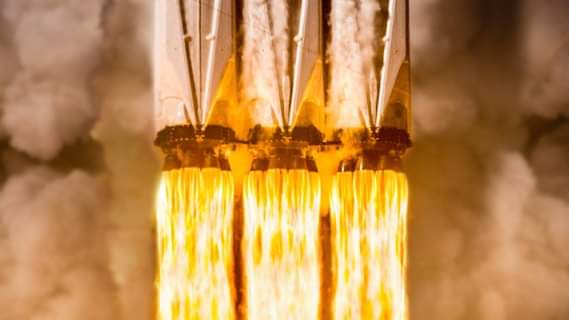After winning a state science fair and becoming a finalist in a national competition, Dasia Taylor now has her sights set on a patent.
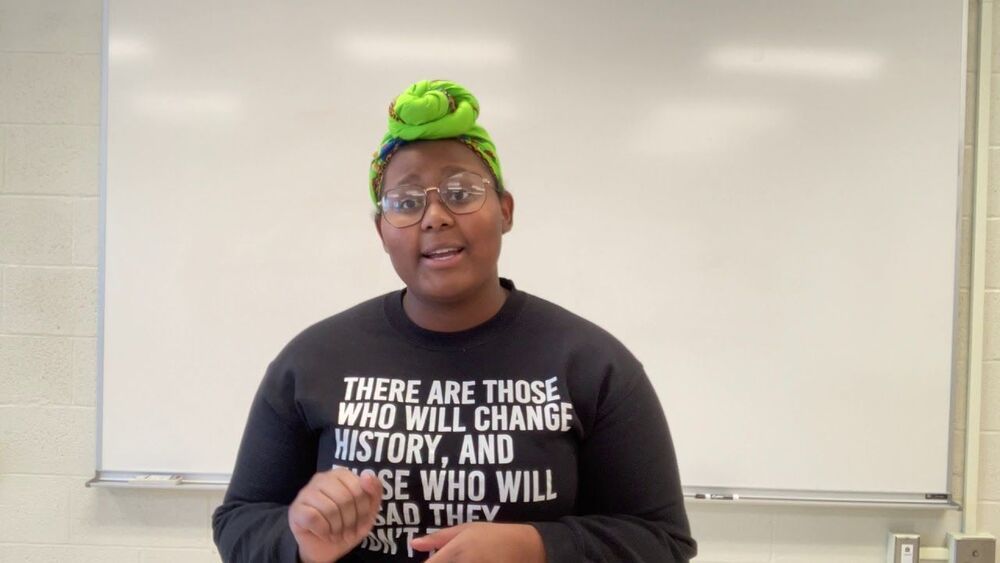

After winning a state science fair and becoming a finalist in a national competition, Dasia Taylor now has her sights set on a patent.

A team of researchers affiliated with several institutions in South Korea has developed a simple method for converting 2D drawings to 3D objects. In their paper published in the journal Science Advances, the group describes their technique and possible uses for it.
Over the past several decades, 3D printing has become a popular way to create three-dimensional objects in a relatively simple manner. Such printing allows for on-demand supply of simple products. In this new effort, the researchers have developed another way to create 3D objects without the need for a printer.
The technique involves hand-drawing (or conventionally printing) a 2D image on an object using a special pen with special ink and then submerging the object in a tub of water. When the object is pulled from the water, the ink has been partly removed from the object and has formed into a 3D representation of the original image.
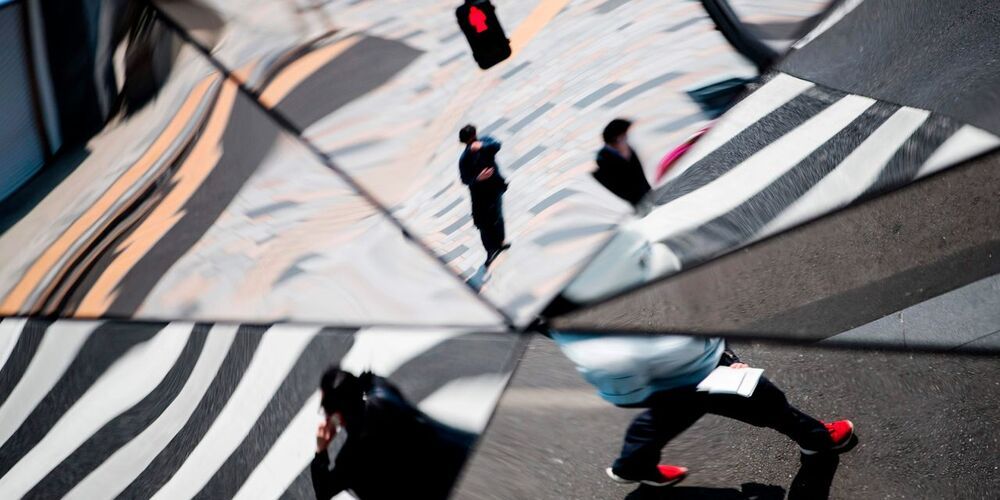
The scientists used interviews to convince some study subjects they had undergone childhood events that didn’t happen to them, such as getting lost or being in a car accident, according to a report published Monday in the scientific journal Proceedings of the National Academy of Sciences.
Then the researchers said they used other interview techniques that prompted the volunteers to reassess the memories and help realize they might be false or misremembered.
The work confirms previous research on the malleability of memories while pointing to potential techniques for recognizing and rooting them out.
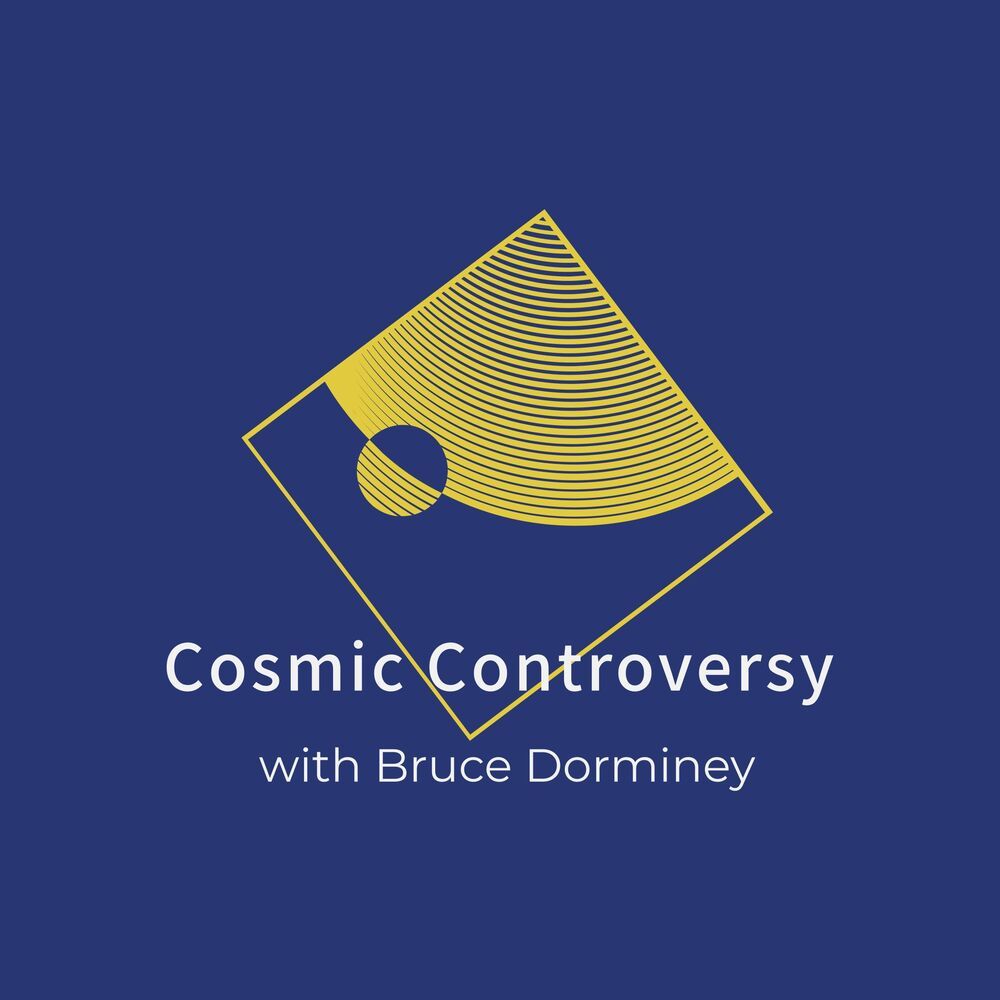
Great new episode with NASA cosmologist Jason Rhodes who discusses everything from the earliest galaxy surveys to dark matter and the cosmic web.
Jason Rhodes, a cosmologist at NASA’s Jet Propulsion Laboratory in Pasadena, and the JPL Roman Space Telescope Project Scientist, discusses a proposed galaxy survey to end all galaxy surveys. One that would wring as much information out of our universe’s trillion or so galaxies across cosmic time as humanly possible. Astronomers are still at least half a century off from this final galaxy census, but the hope is that it will give cosmologists most of the answers they need about the makeup and structure of the universe.

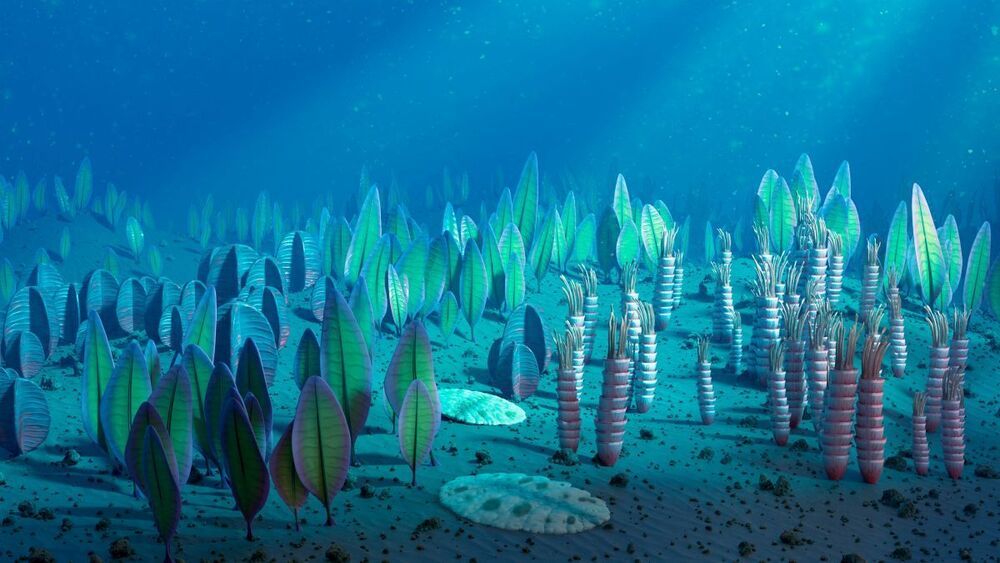
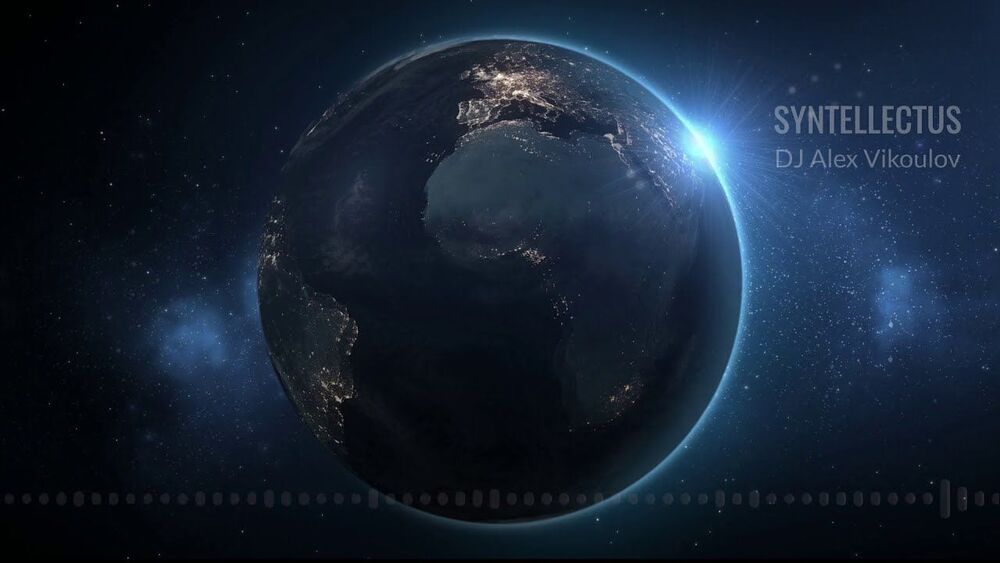
This progressive trance set is labeled SYNTELLECTUS and is inspired by The Syntellect Hypothesis, a recent best-selling book of mine… If you remember, SYNTELLECTUS refers to a neologism Holo Syntellectus — a new hybrid species emerging as a syntellect, [phase-transitioning to] one global mind… Enjoy!
https://youtu.be/P8QQz3jzsxI (((Subscribe to EM Channel!)))


